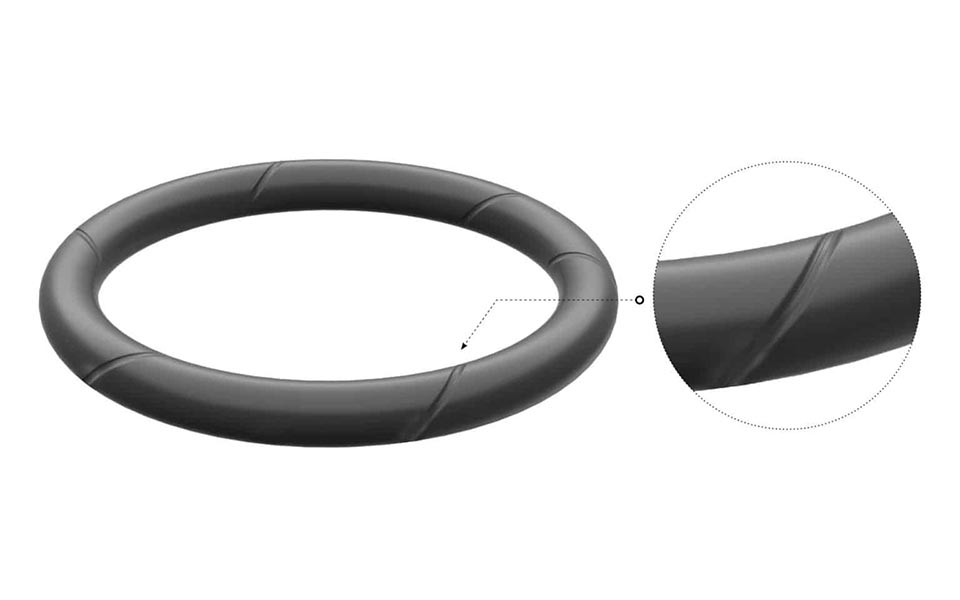INDUSTRY NEWS
Failure cause analysis and countermeasures of valve seal O-ring
As an important part of the valve seal, O-ring is widely used in the seal design of various valves. With its simple structure, excellent sealing performance and easy installation, it has become an indispensable sealing solution in the industrial field. However, the O-ring may fail during actual use, which not only affects the normal operation of the valve, but also may lead to leakage and equipment failure. Therefore, it is particularly important to analyze the cause of O-ring failure and take corresponding countermeasures.
First, the cause of O-ring failure
1. Material aging: O-rings are generally made of elastic materials such as rubber and fluororubber, which will undergo the aging process under the influence of environmental factors such as high temperature, ultraviolet light and oxygen. After aging, the elasticity and tightness of the O-ring will be significantly reduced, leading to failure.
2. The medium is not compatible: the material selection of the O-ring needs to match the medium in contact. If the O-ring material used is unable to withstand the corrosion or dissolution of the medium, such as certain chemicals or high temperature steam, it will lead to rapid damage to the O-ring.
3. Improper installation: During the installation process, if the O-ring appears distorted, insufficient compression or incorrect installation position, it may cause poor sealing, and then cause leakage.
4. Overload deformation: During the working process, the valve may bear too much pressure, which exceeds the bearing range of the O-ring, resulting in permanent deformation or fracture.
5. Wear and pollution: The O-ring is vulnerable to the wear of solid particles in the medium during operation, or is contaminated during installation and maintenance, resulting in reduced sealing performance.
Second, coping methods
1. Material selection: The appropriate O-ring material should be selected according to the specific working conditions and medium characteristics. For example, in high temperature and chemical corrosive environments, fluororubbers or other high temperature and corrosion resistant sealing materials are preferred.
2. Regular maintenance: Regular inspection and maintenance of the valve and its seals, including observing the status of the O-ring, if there are signs of wear or aging, timely replacement. At the same time, the working environment and use conditions of the valve are assessed to prevent risks caused by changes in the medium.
3. Correct installation: When installing O-rings, ensure that they are properly placed to avoid distortion or uneven compression, and use proper tools and equipment to ensure that the O-rings are not damaged during installation.
4. Control the working pressure: when designing and using the valve, the working pressure should be controlled within the safe bearing range of the O-ring to avoid deformation and failure caused by overload.
5. Use protective devices: Appropriate protective devices can be designed, such as the use of filters to prevent solid particles from entering the valve and reduce the risk of wear to the O-ring.

